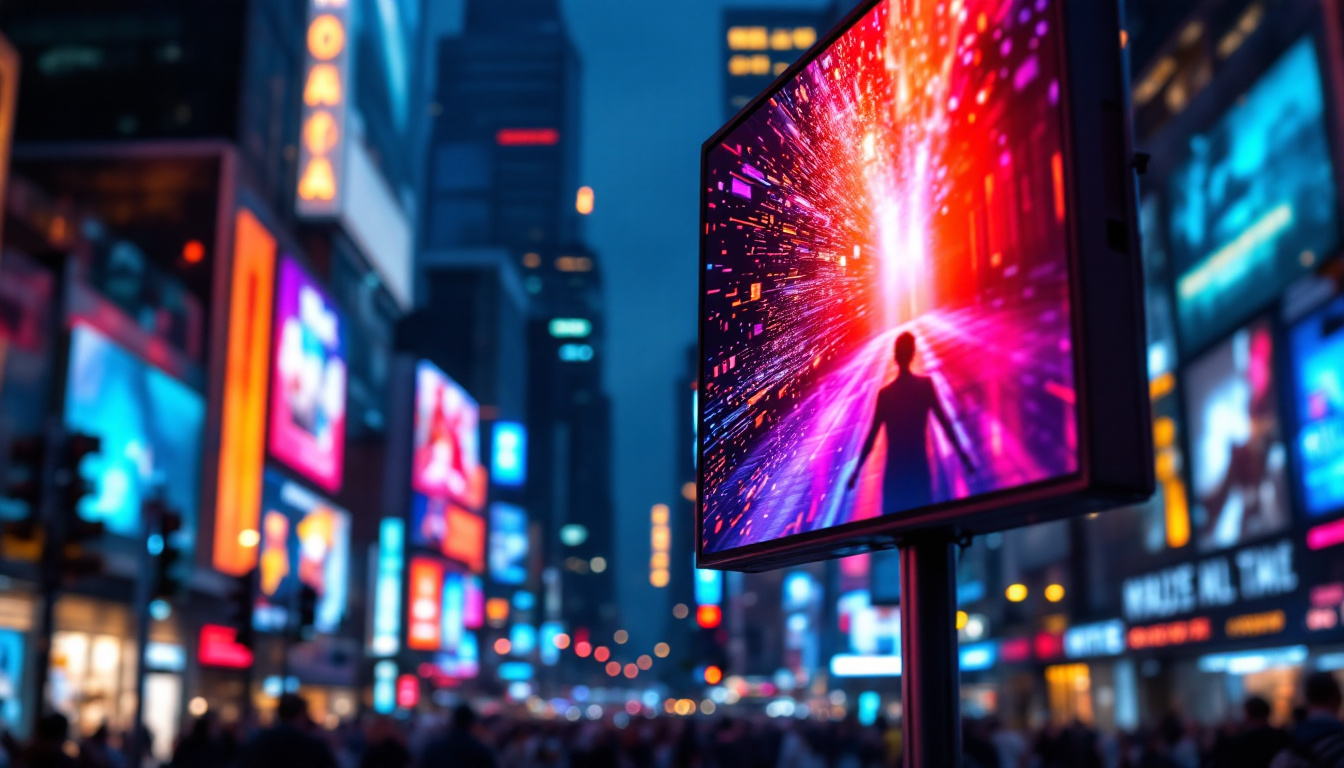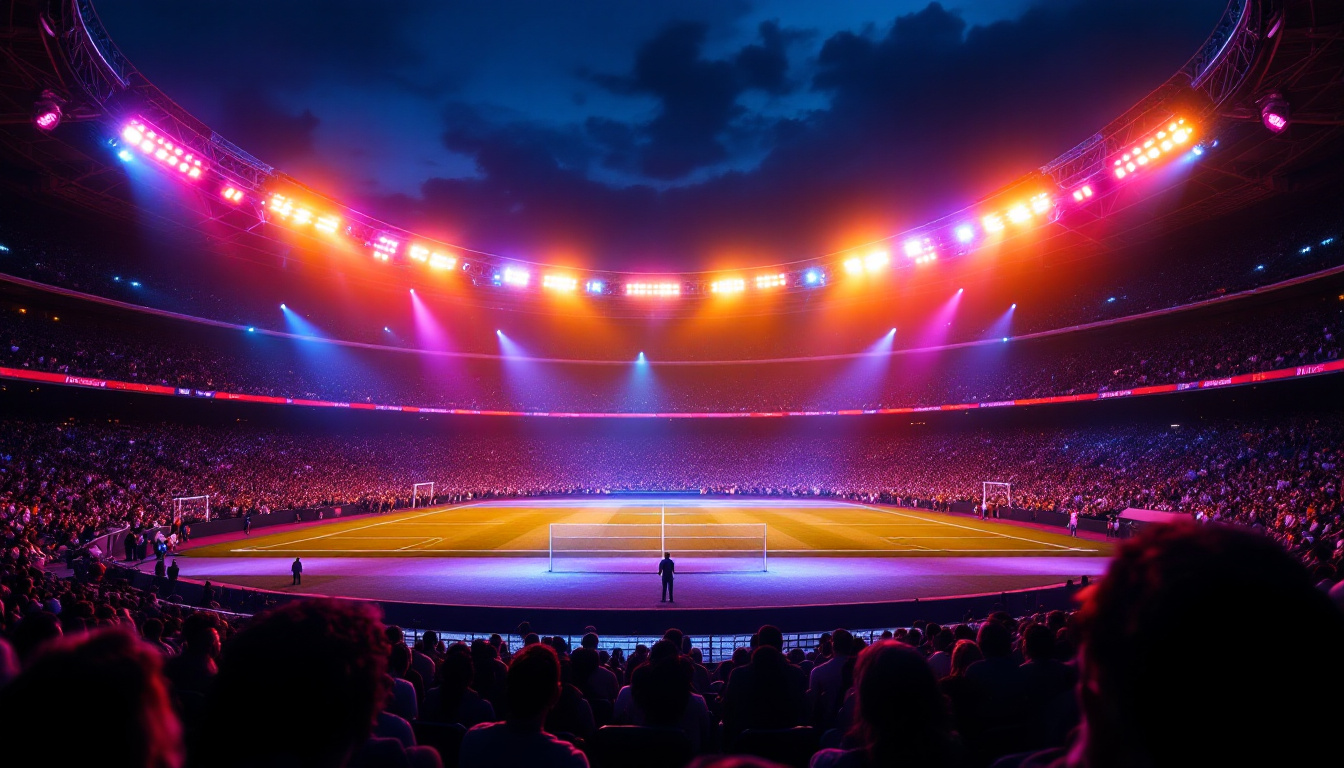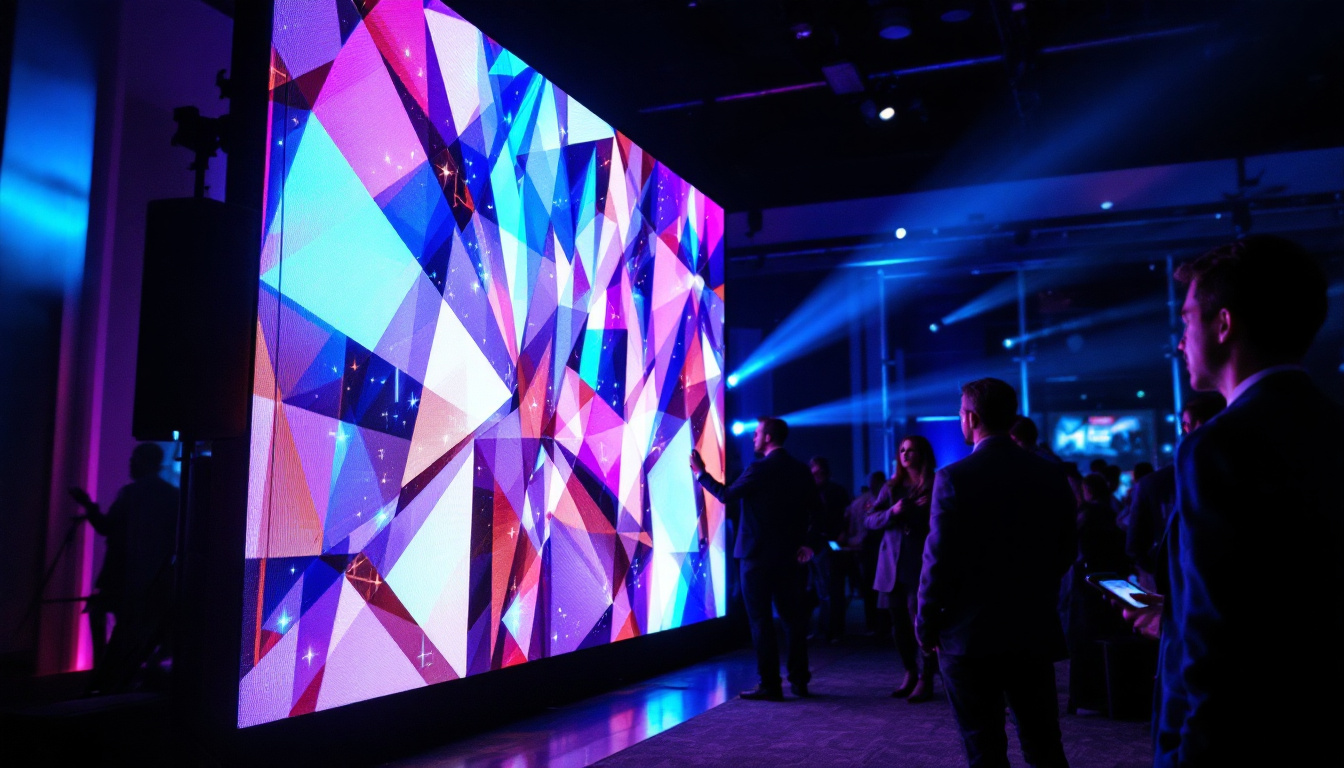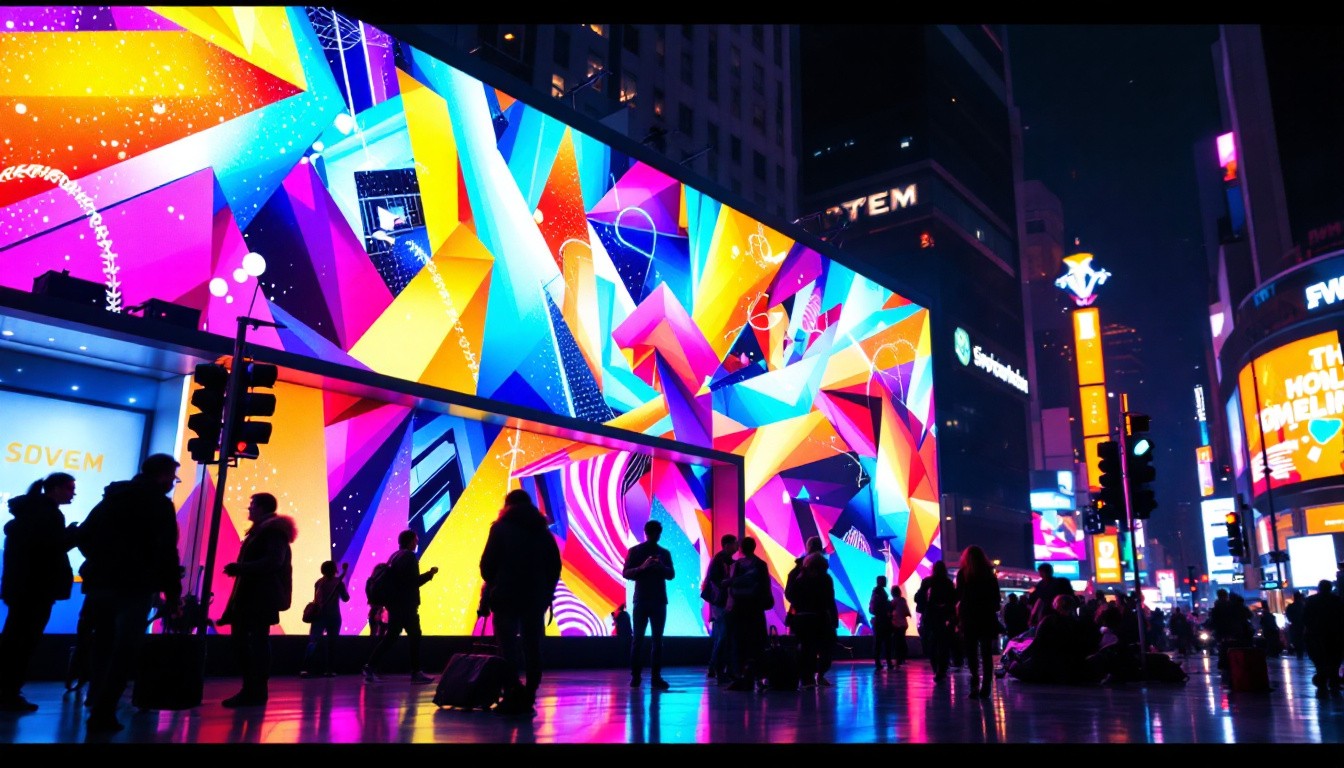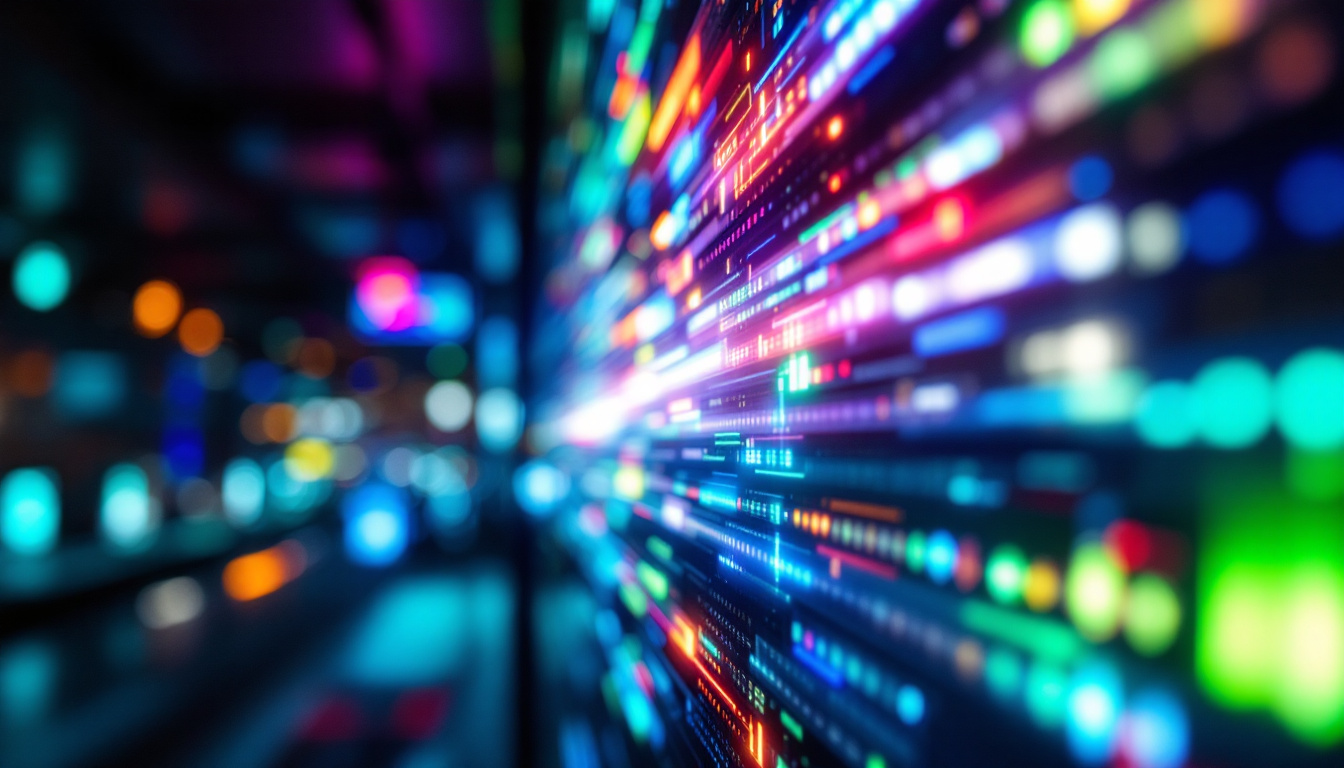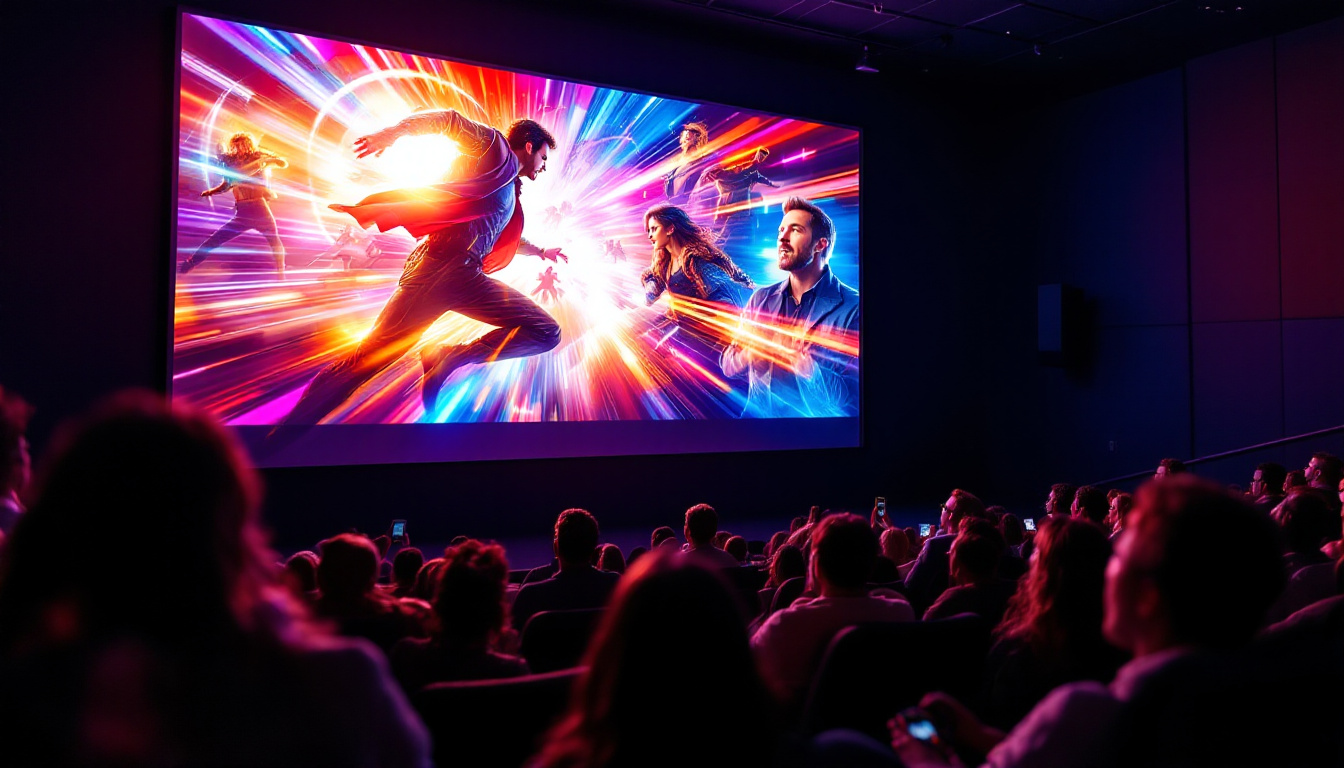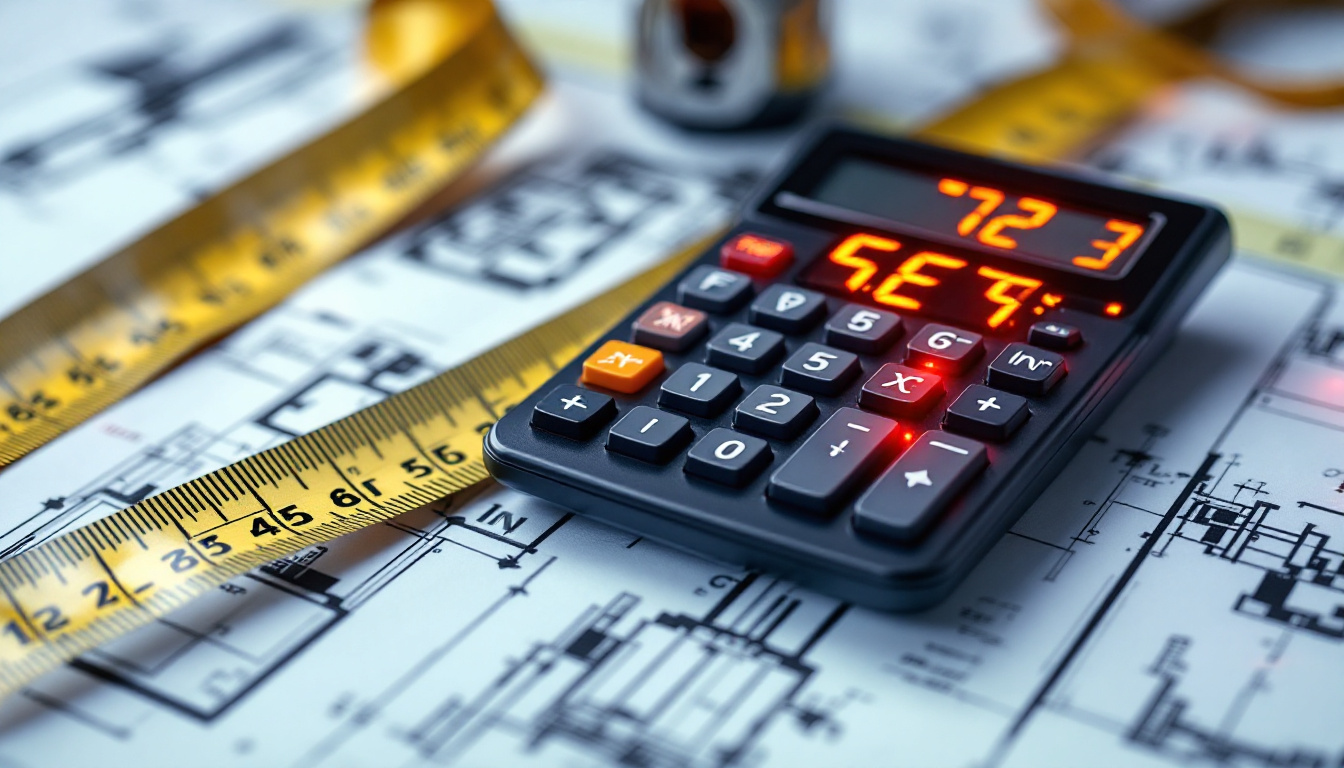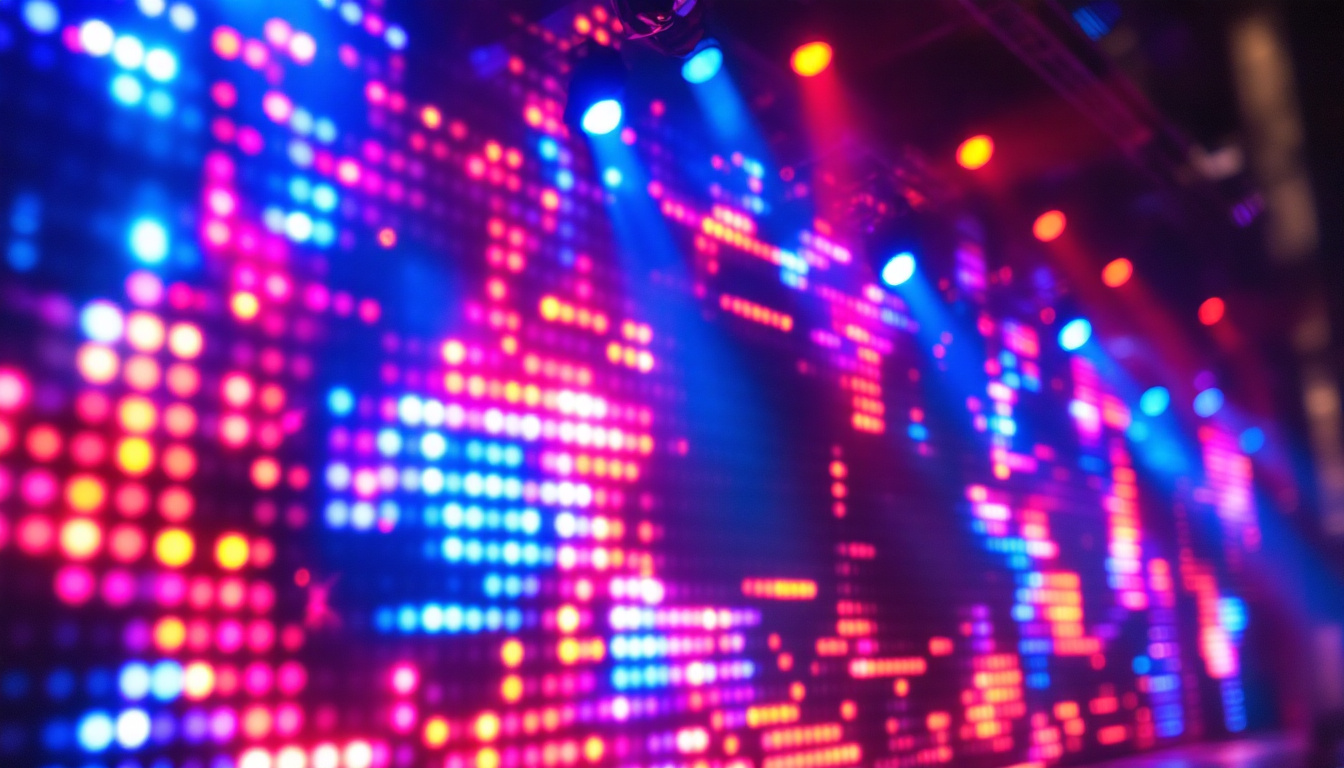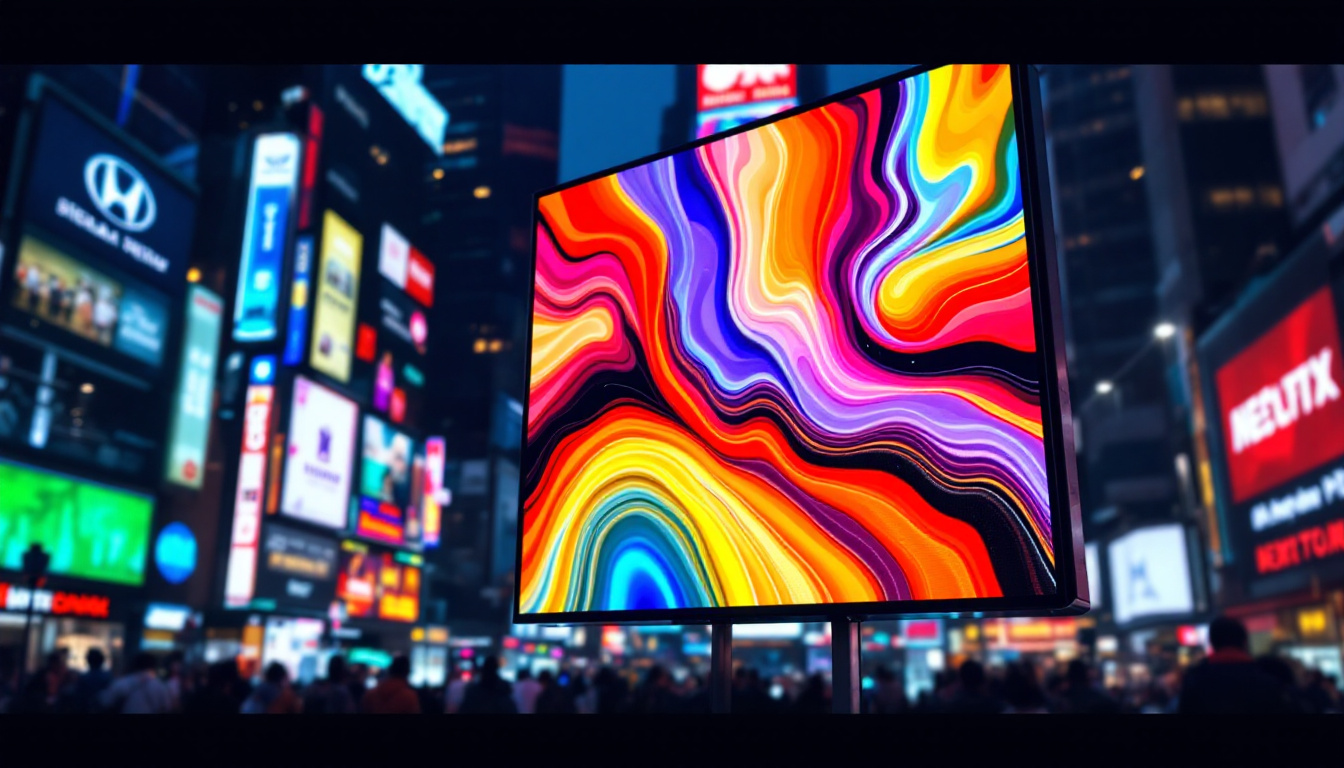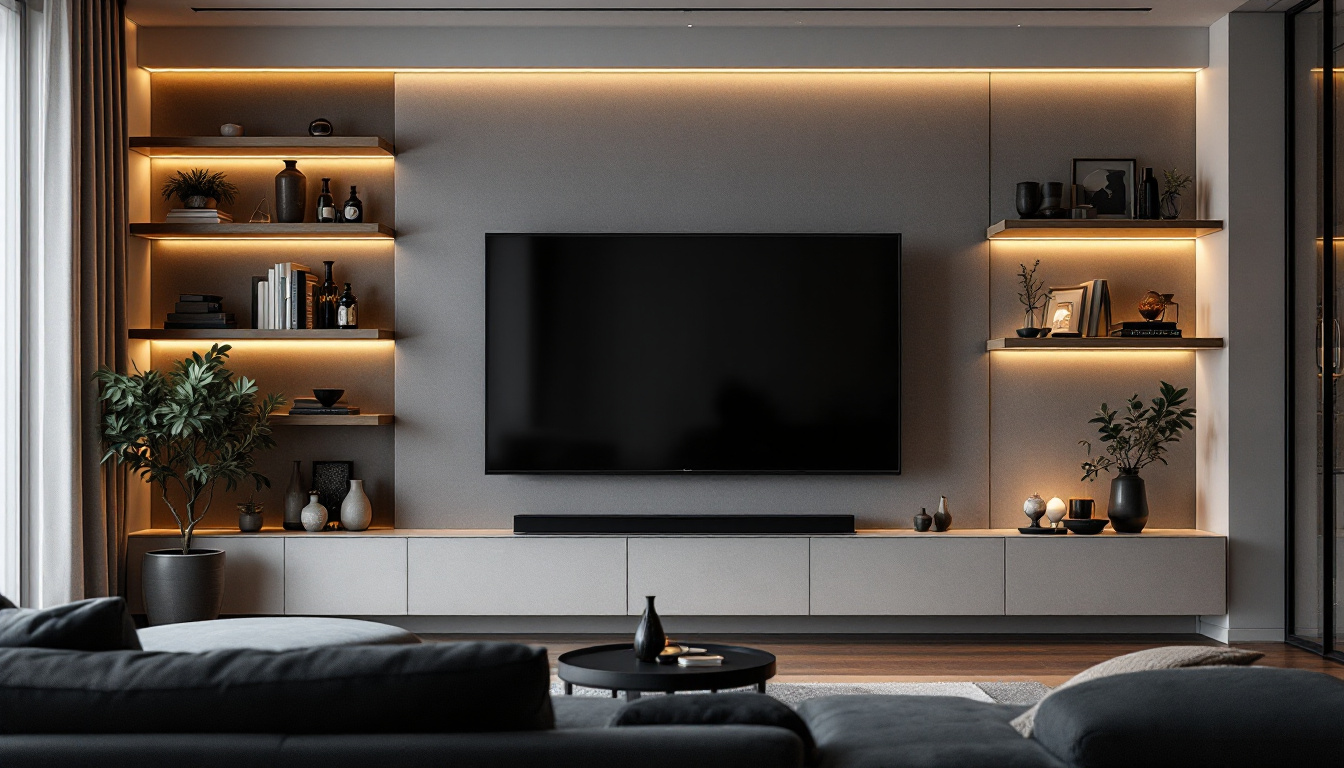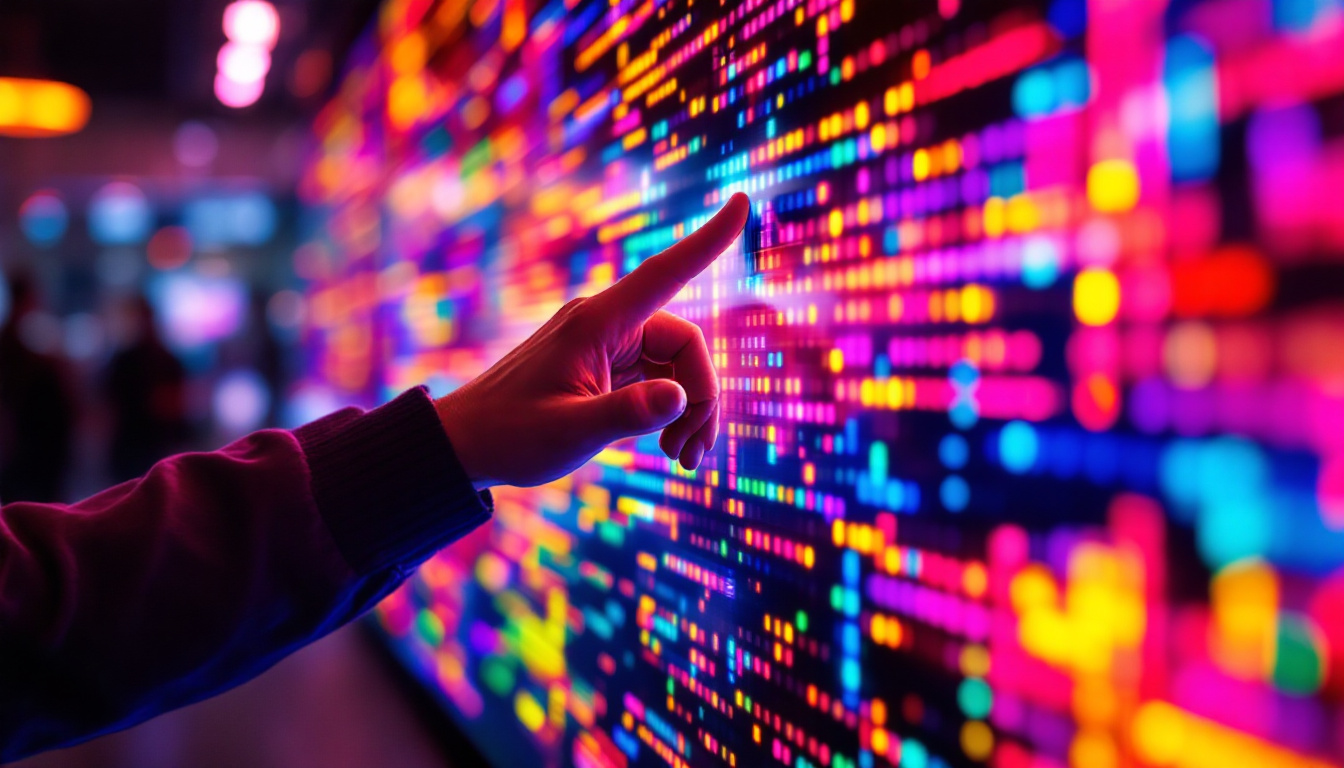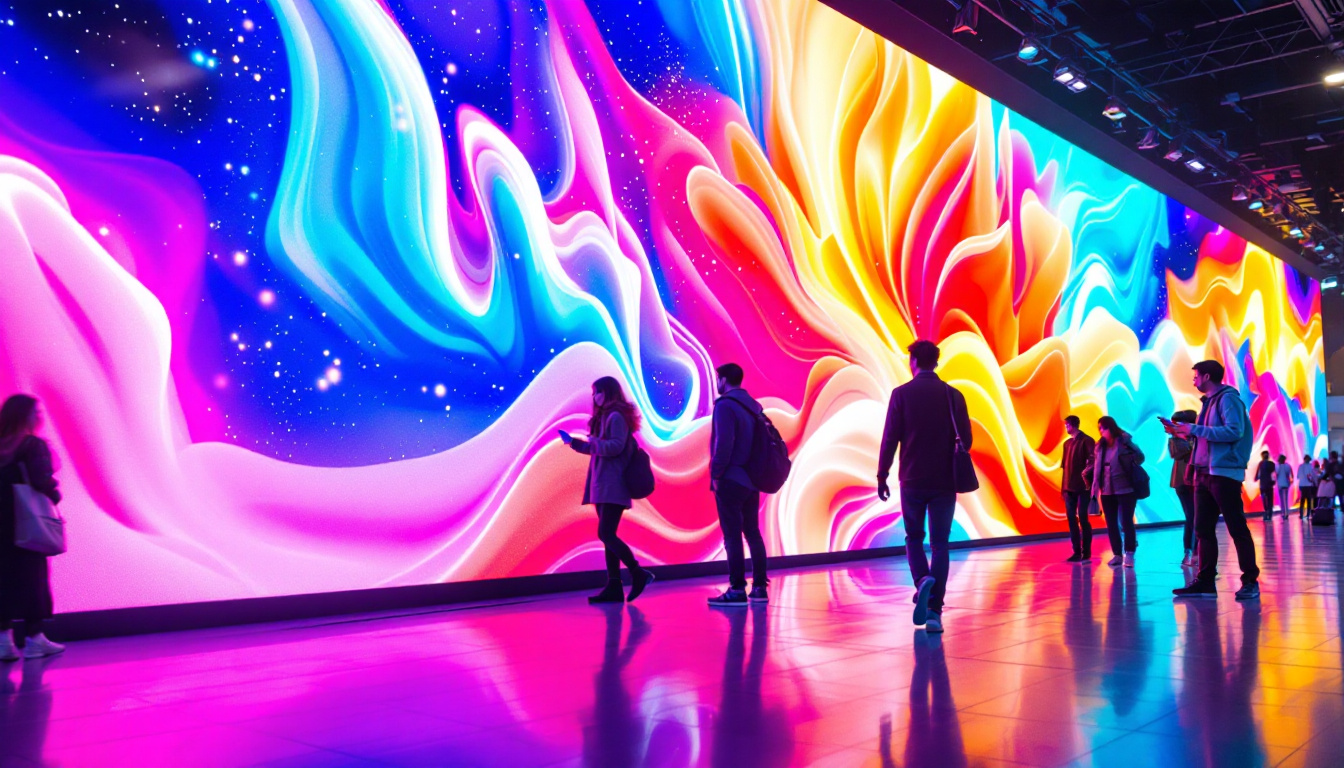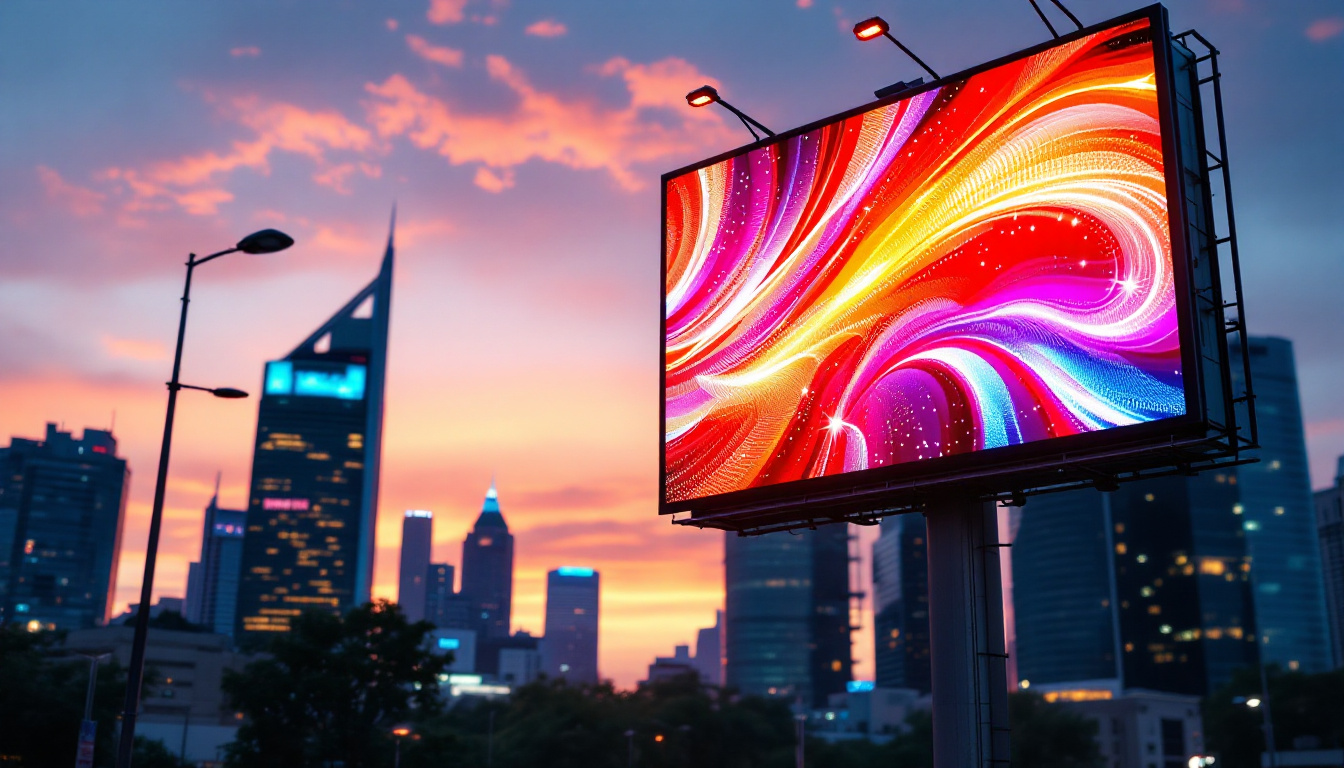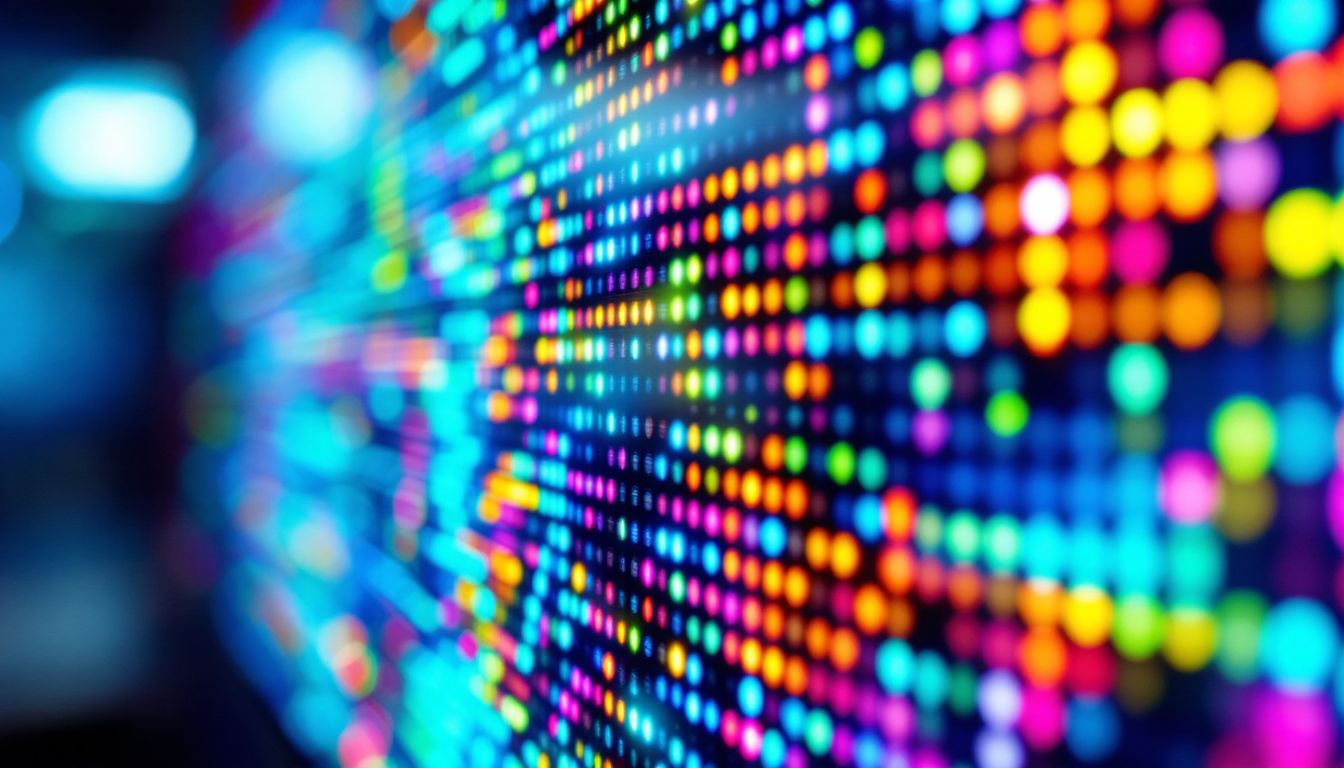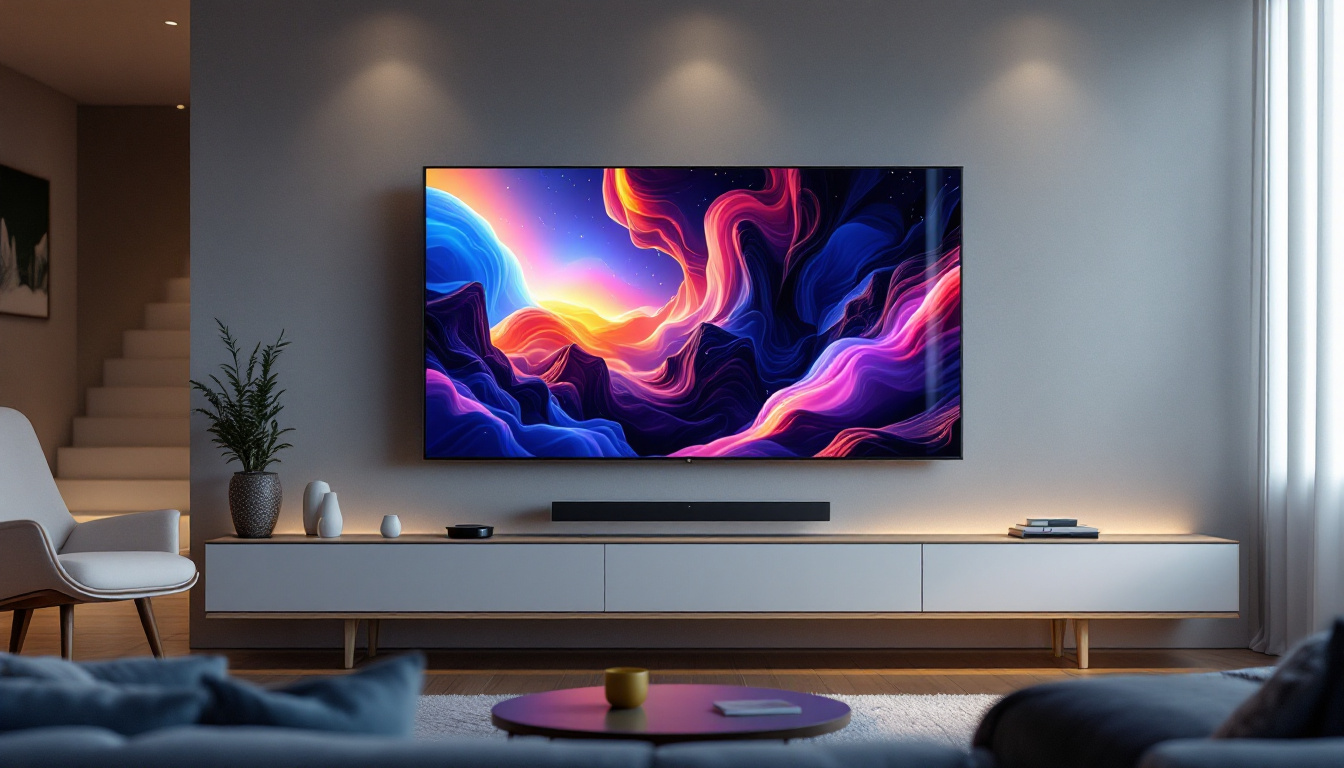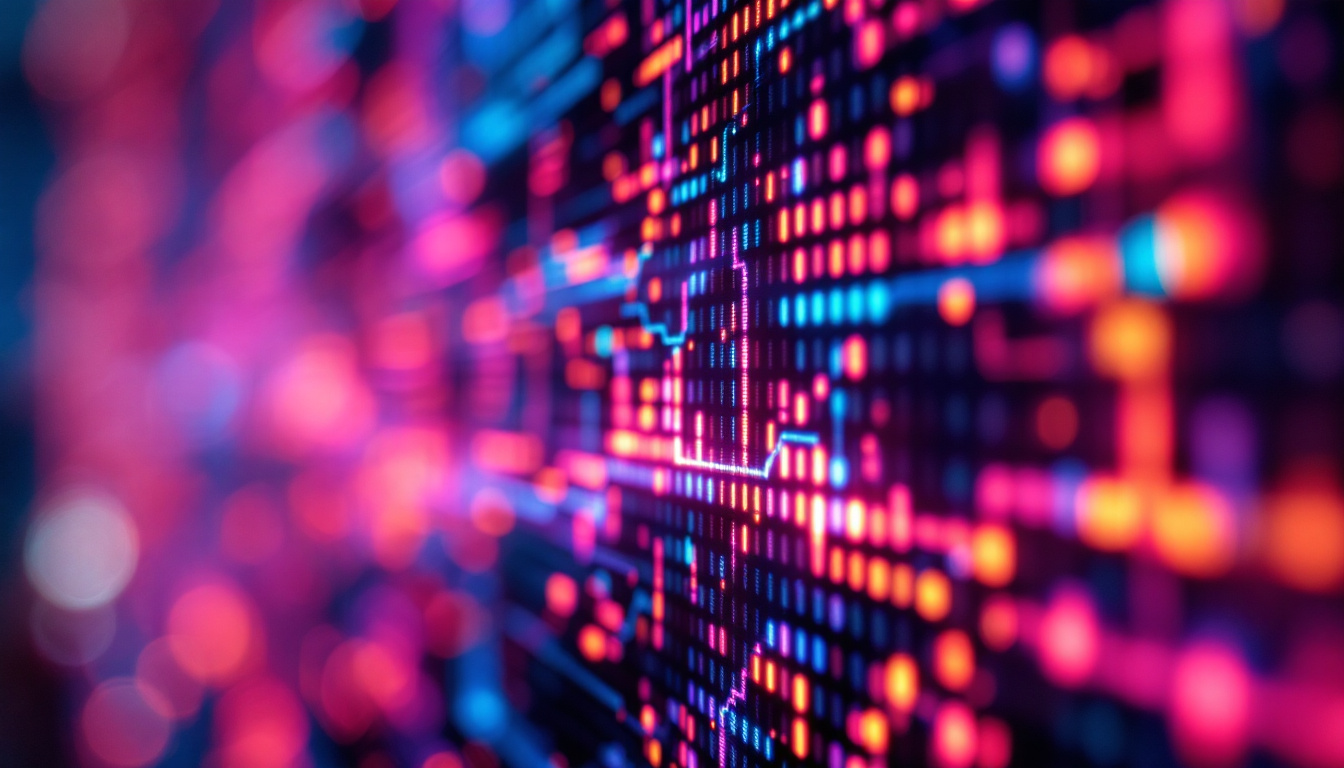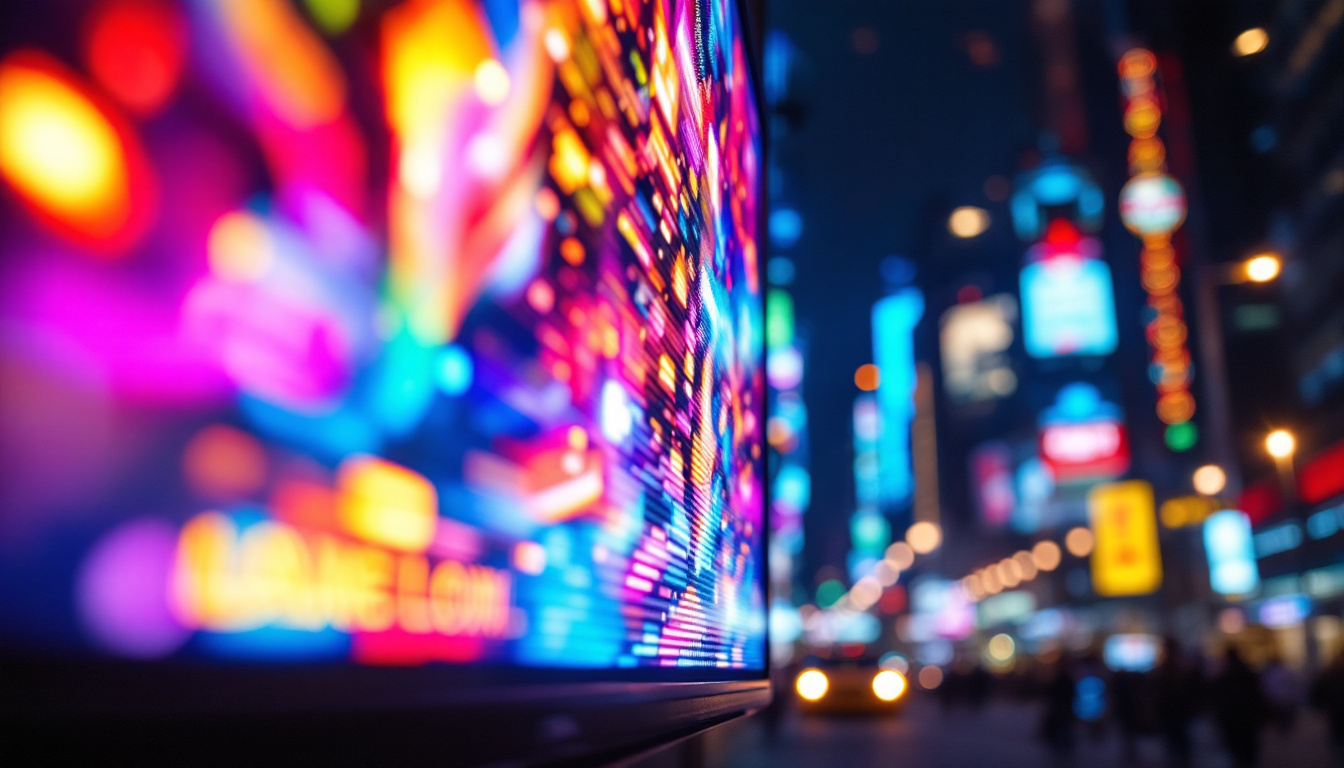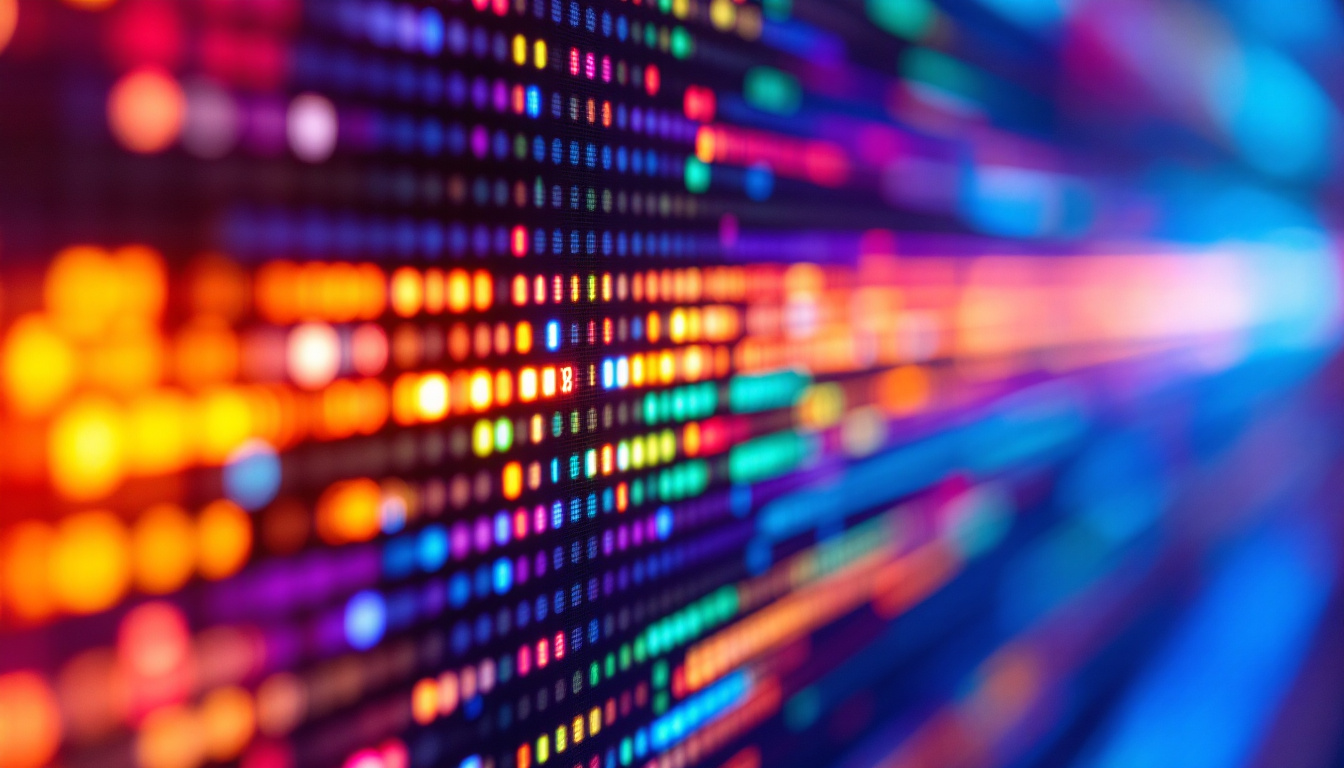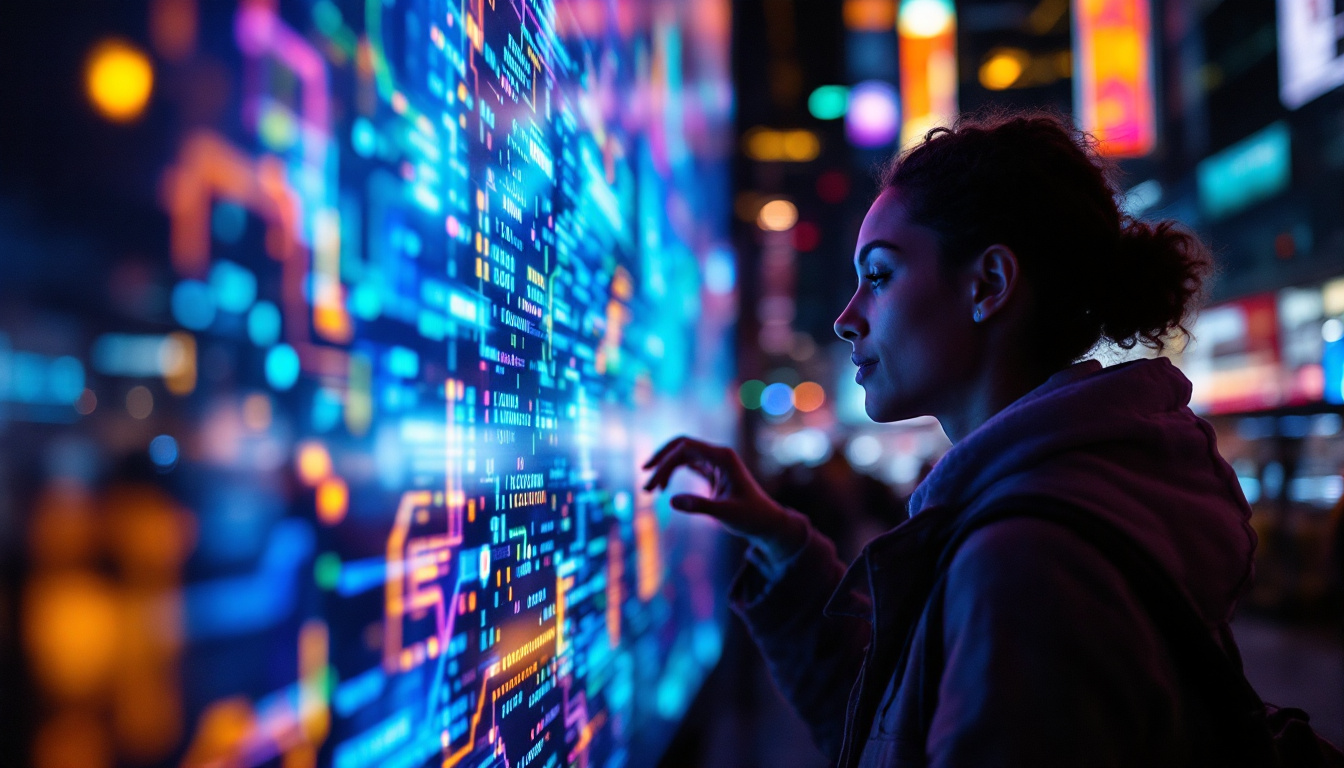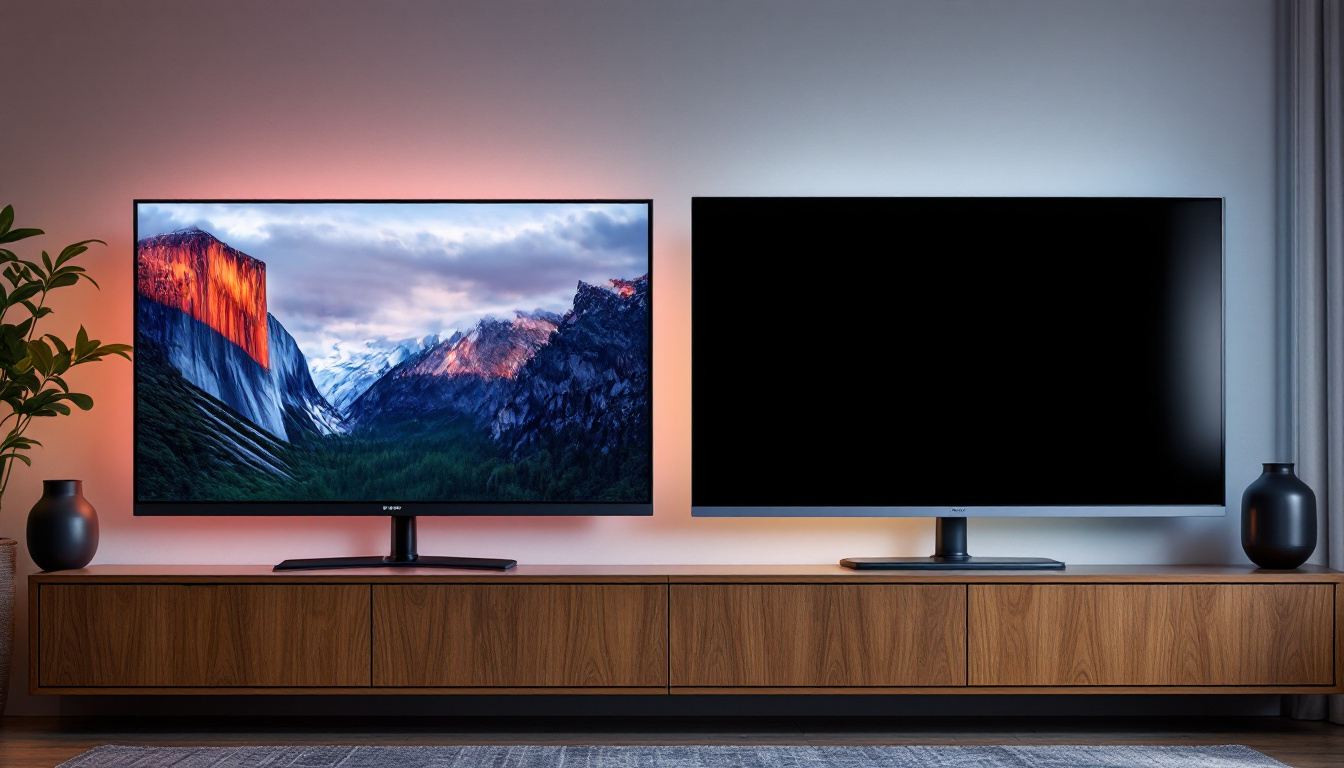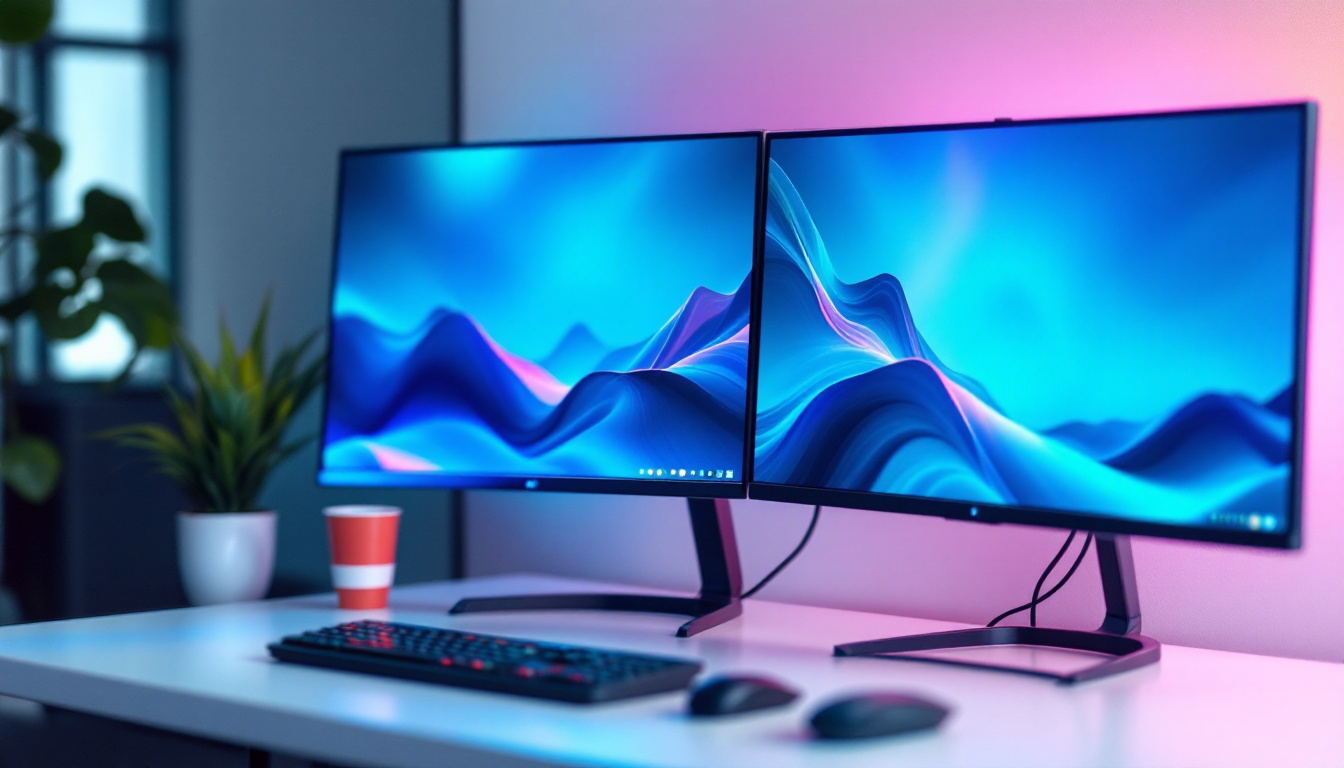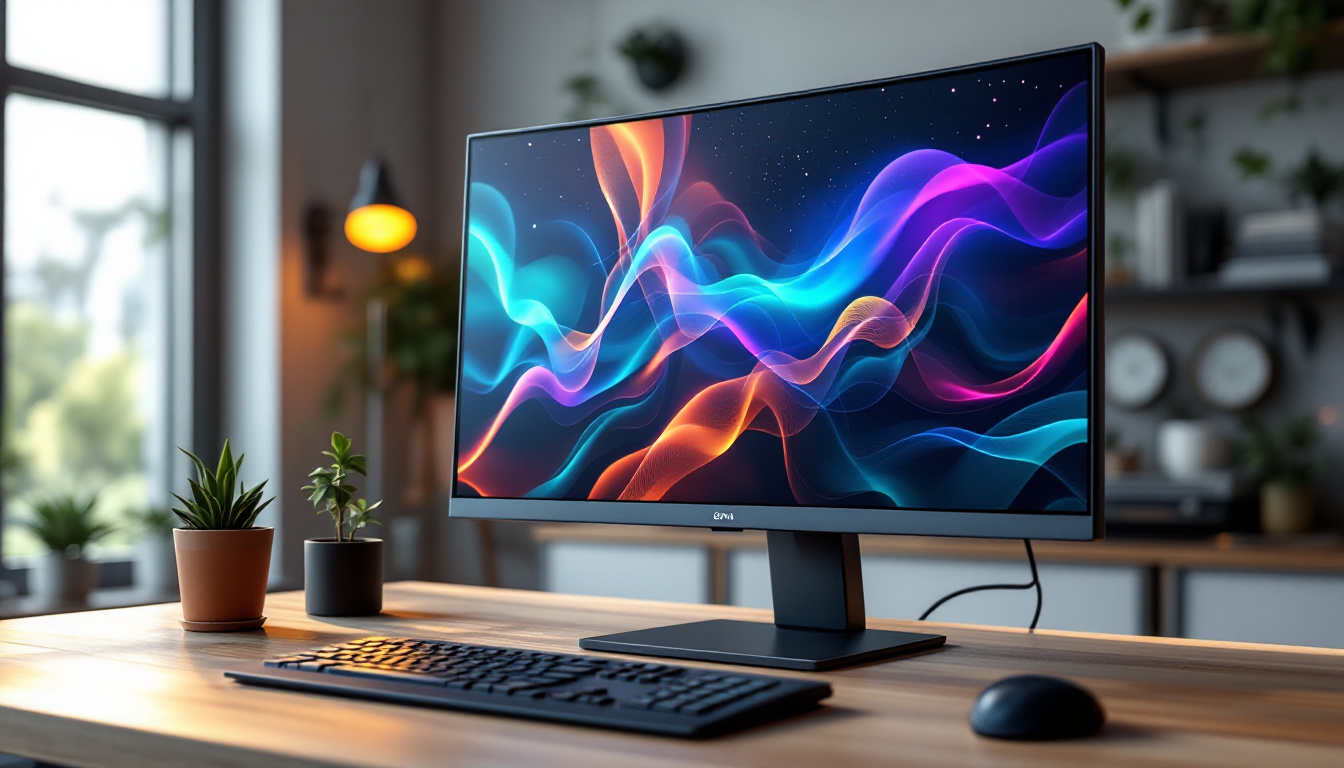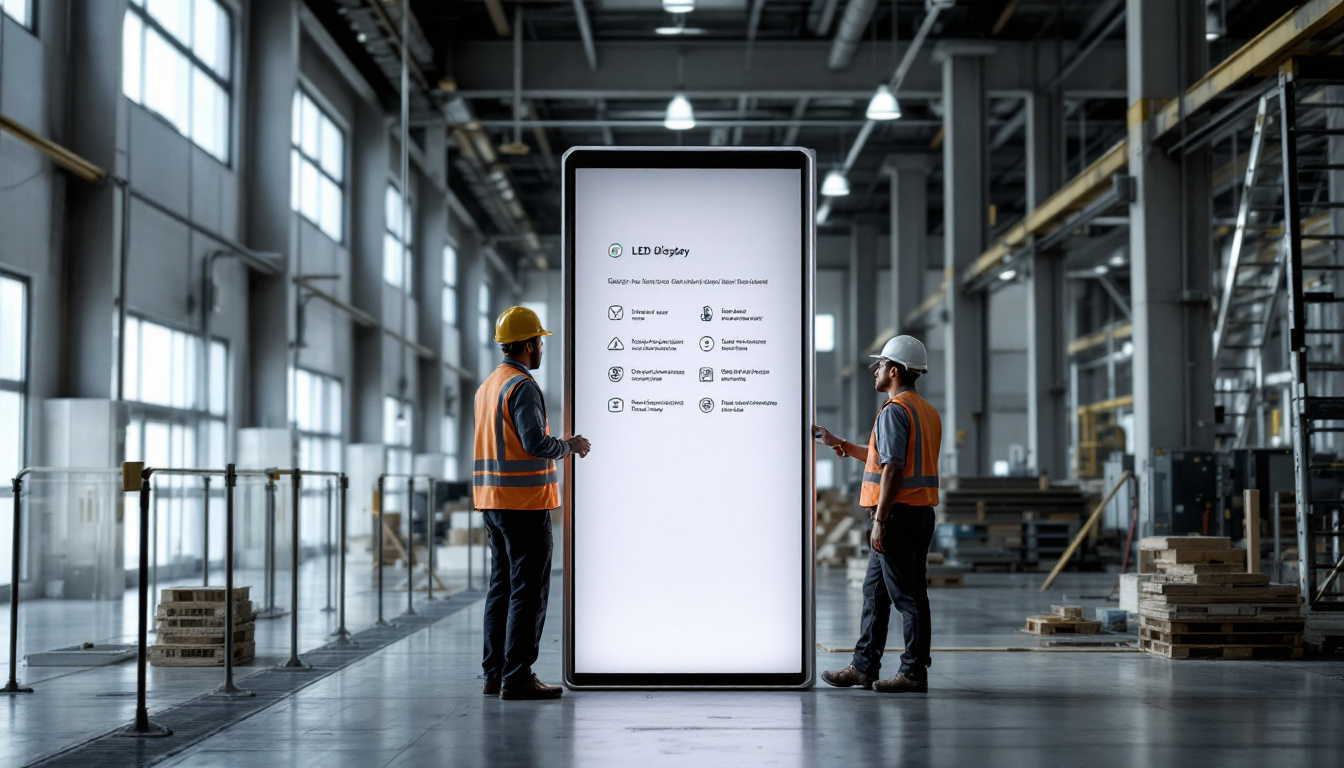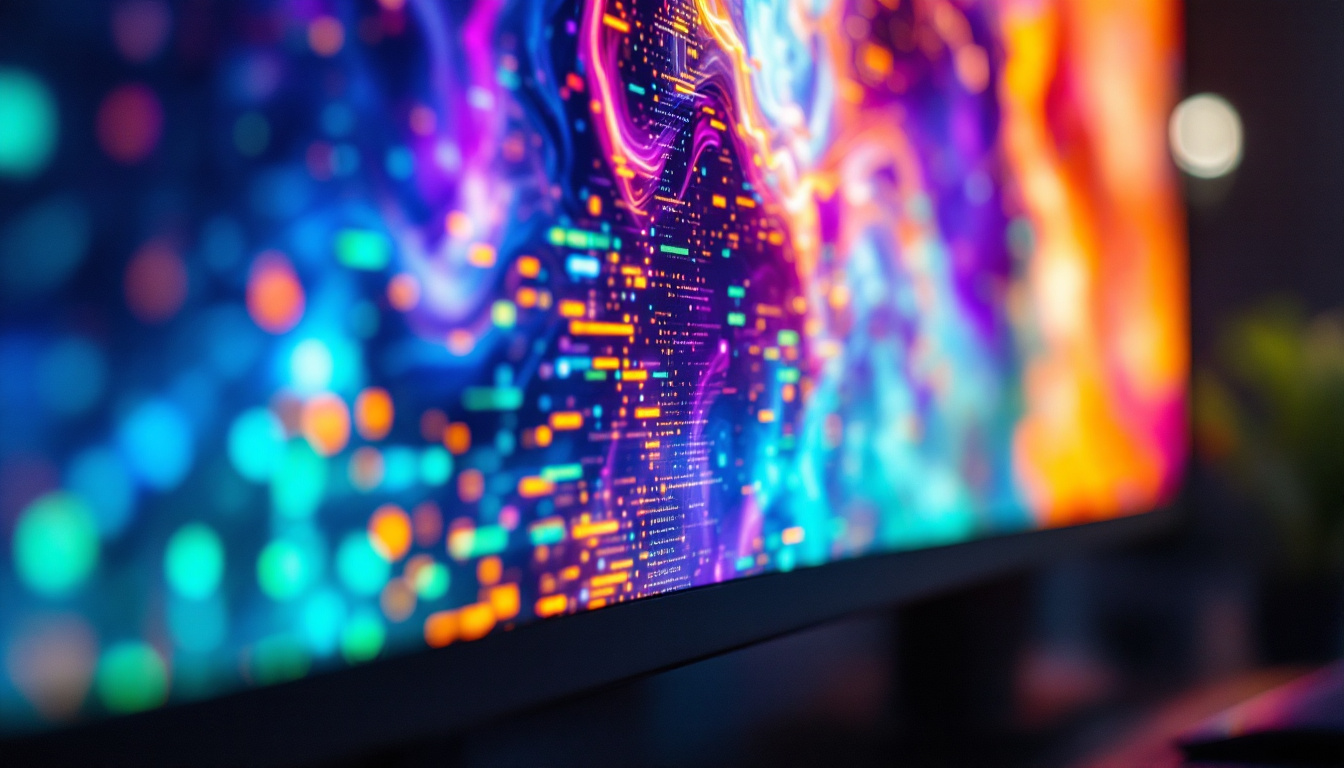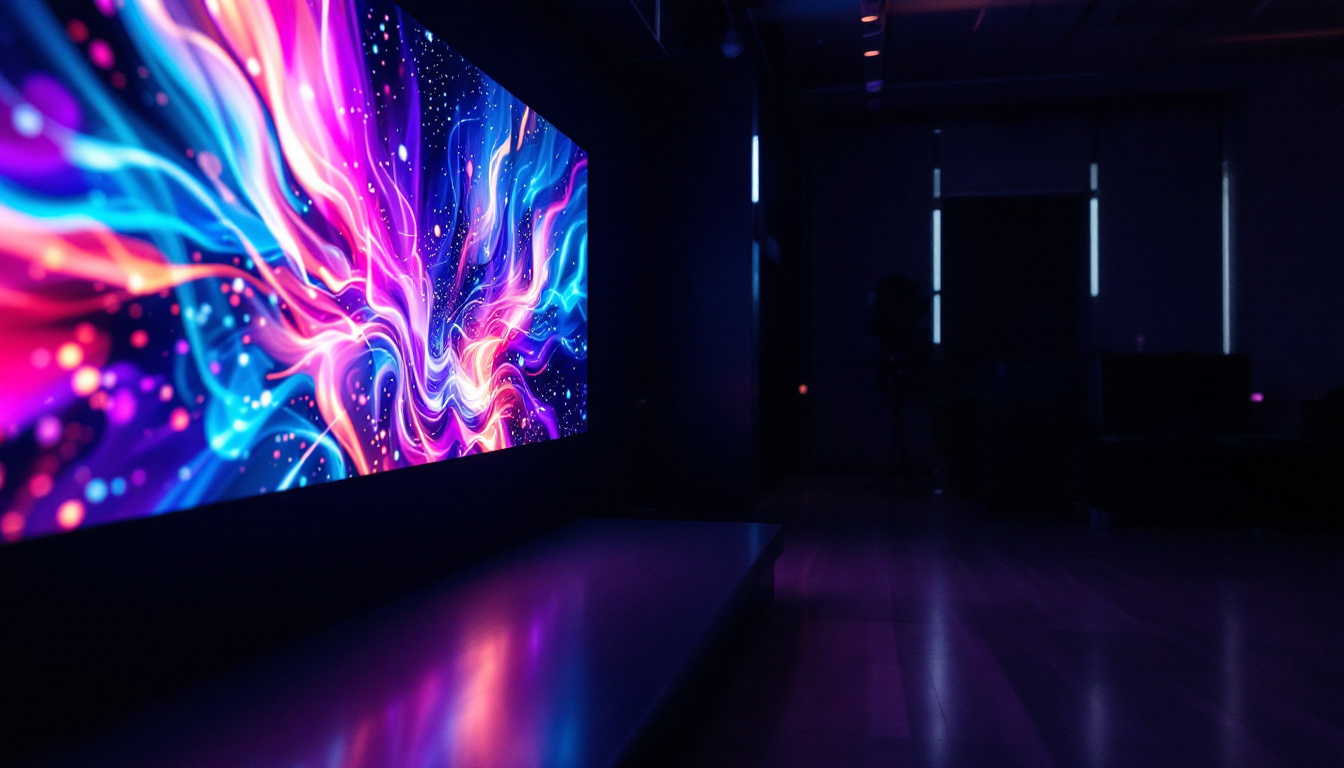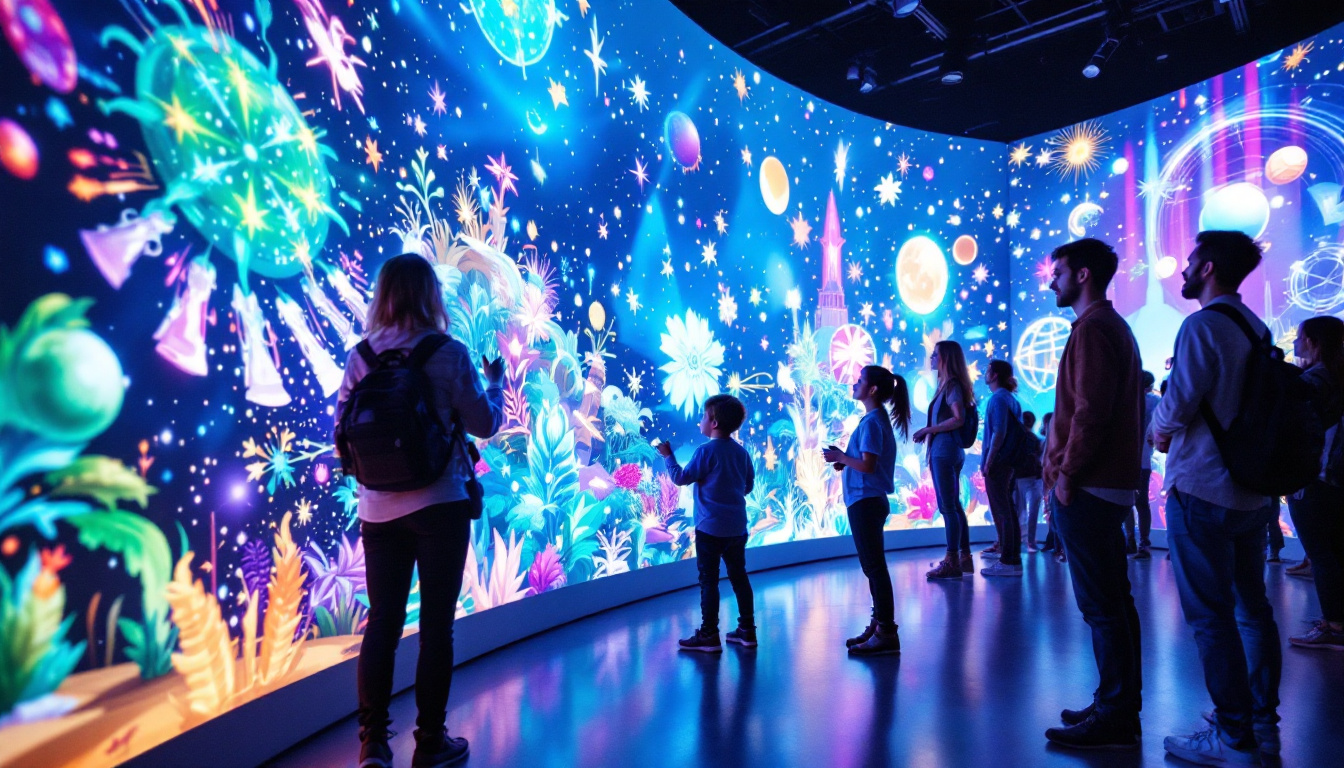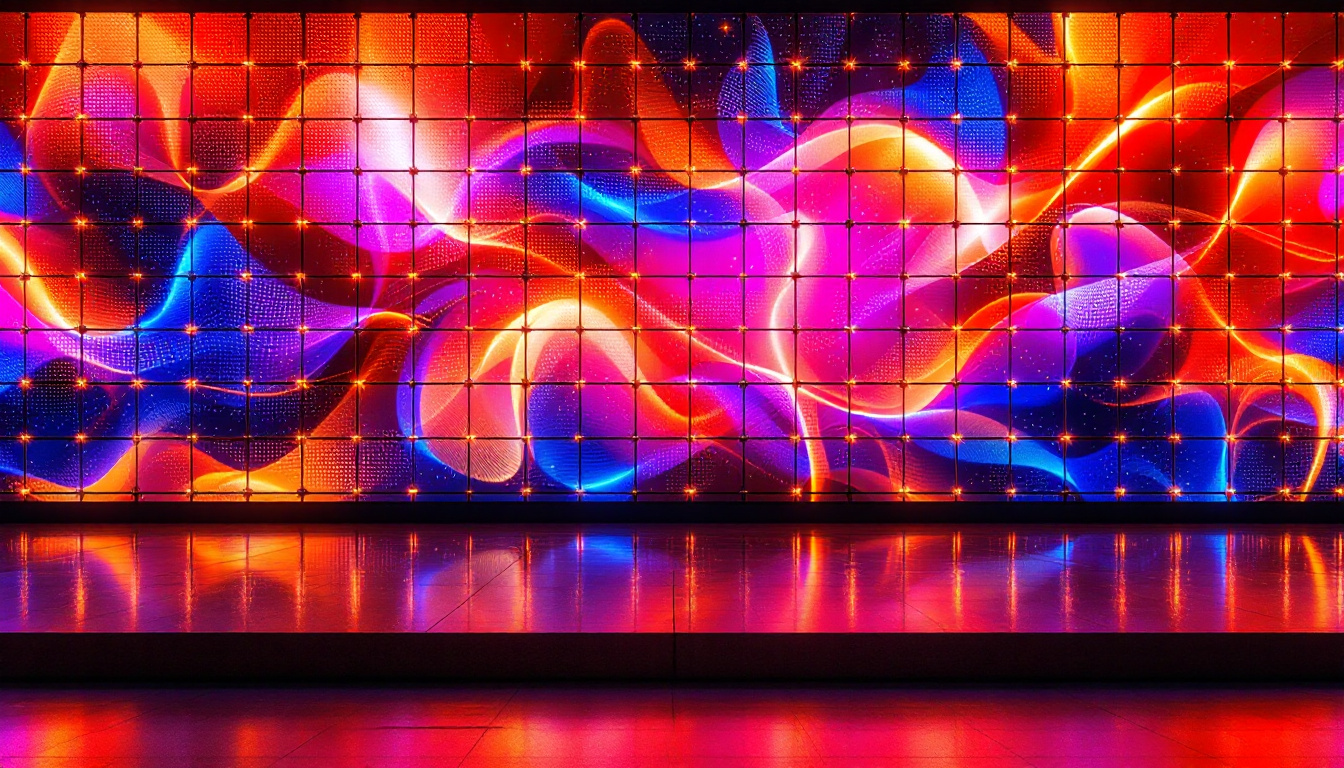In the ever-evolving landscape of technology, multimedia screens have become a cornerstone of modern communication and entertainment. Among the various types of display technologies available, LED (Light Emitting Diode) displays stand out for their efficiency, brightness, and versatility. This article delves into the intricacies of LED displays, exploring their technology, applications, advantages, and future trends.
Understanding LED Technology
LED technology has transformed the way visuals are presented, from televisions to large-scale advertising billboards. At its core, an LED display consists of an array of tiny light-emitting diodes that create images by illuminating in various colors and intensities. This technology not only enhances visual experiences but also contributes to energy efficiency, making it a popular choice in both consumer and commercial applications.
How LED Displays Work
LED displays operate on a simple principle: when an electric current passes through a semiconductor material, it emits light. The color of the light depends on the type of semiconductor used. By combining red, green, and blue (RGB) LEDs, a full spectrum of colors can be produced, allowing for vibrant and dynamic images. The precision of this technology enables displays to achieve high levels of brightness and contrast, which are crucial for maintaining visibility in various lighting conditions.
These displays can be categorized into two main types: direct view and backlit. Direct view LED displays consist of individual LEDs that form the entire screen, while backlit displays use LEDs to illuminate an LCD panel from behind. Each type has its own set of advantages and is suited for different applications. For instance, direct view displays are often favored for their superior color depth and viewing angles, while backlit displays are typically more cost-effective for larger screens.
Types of LED Displays
LED displays come in various forms, each designed for specific uses. The most common types include:
- Indoor LED Displays: Typically used in retail environments, theaters, and conference rooms, these displays offer high resolution and excellent color accuracy. Their ability to produce sharp images makes them ideal for presentations and advertisements that require detailed visuals.
- Outdoor LED Displays: Built to withstand harsh weather conditions, outdoor displays are larger and brighter, making them ideal for advertisements and public announcements. These displays often feature protective coatings and enhanced brightness levels to ensure visibility even in direct sunlight.
- Transparent LED Displays: These innovative displays allow for visibility through the screen, making them perfect for storefronts and exhibitions. They create a unique blend of digital content and physical space, allowing businesses to showcase products while still maintaining an open and inviting atmosphere.
Additionally, there are specialized LED displays such as flexible LED screens, which can be bent and shaped to fit unconventional spaces, and high-definition LED walls that provide immersive experiences for events and installations. The versatility of LED technology continues to inspire new applications, from art installations to interactive displays, pushing the boundaries of how we engage with visual content in our daily lives.
Applications of LED Displays
The versatility of LED displays enables their use across various sectors, enhancing communication and engagement. From entertainment to information dissemination, the applications are vast.
Advertising and Marketing
One of the most prominent uses of LED displays is in advertising. Billboards and digital signage leverage bright, eye-catching visuals to attract attention. The ability to change content quickly allows businesses to promote different products or services in real-time, maximizing their marketing efforts.
Moreover, LED displays can be strategically placed in high-traffic areas, ensuring that advertisements reach a broad audience. The dynamic nature of these screens makes them more engaging than traditional static advertisements, leading to higher viewer retention and interaction.
Entertainment and Events
In the entertainment industry, LED displays have revolutionized how audiences experience performances. Concerts, sports events, and theater productions utilize large LED screens to enhance visual storytelling. These displays can provide close-ups, special effects, and immersive backgrounds that elevate the overall experience.
Furthermore, LED technology allows for creative stage designs, where screens can be integrated seamlessly into the environment. This flexibility enables artists and producers to push the boundaries of traditional performance art.
Corporate and Educational Use
In corporate settings, LED displays serve as powerful tools for presentations and meetings. Their ability to present high-quality visuals ensures that information is conveyed effectively, facilitating better communication among team members.
Educational institutions also benefit from LED technology. Classrooms equipped with LED displays can deliver interactive lessons, making learning more engaging for students. The visual aids provided by these screens enhance understanding and retention of complex subjects.
Advantages of LED Displays
The rise of LED displays can be attributed to several key advantages that set them apart from other display technologies. Understanding these benefits can help consumers and businesses make informed decisions when selecting display solutions.
Energy Efficiency
One of the most significant advantages of LED displays is their energy efficiency. Compared to traditional LCD or plasma screens, LED displays consume less power, resulting in lower electricity bills. This efficiency not only benefits the environment but also makes LED technology a cost-effective choice for businesses.
Moreover, the longevity of LED lights contributes to their overall efficiency. LED displays typically have a lifespan of over 50,000 hours, reducing the need for frequent replacements and maintenance.
Brightness and Visibility
LED displays are known for their exceptional brightness, making them suitable for various lighting conditions. Whether in a dimly lit room or under direct sunlight, LED screens maintain their visibility, ensuring that content is always clear and engaging.
This brightness is particularly advantageous for outdoor applications, where sunlight can wash out images on traditional displays. The high luminance of LED technology allows for vibrant advertisements and information to be seen from a distance.
Color Accuracy and Contrast
LED displays offer superior color accuracy and contrast ratios compared to other display types. The RGB combination allows for a wide color gamut, producing vivid and lifelike images. This capability is crucial for applications where visual fidelity is paramount, such as in graphic design or video production.
Additionally, the deep blacks and bright whites achievable with LED technology enhance the overall viewing experience. This dynamic range makes LED displays ideal for both entertainment and professional environments.
Challenges and Considerations
While LED displays offer numerous advantages, they are not without challenges. Understanding these limitations can help users make more informed decisions.
Initial Cost
The initial investment for LED displays can be higher than other technologies, such as LCD or traditional projection systems. This upfront cost can deter some businesses, especially smaller enterprises with limited budgets. However, it is essential to consider the long-term savings in energy and maintenance costs when evaluating the overall value.
Viewing Angles
Another challenge associated with LED displays is their viewing angles. While advancements have been made, some LED displays may still suffer from color distortion or brightness loss when viewed from extreme angles. This limitation can affect the overall effectiveness of the display in certain environments, particularly in large auditoriums or open spaces.
Heat Generation
LED displays can generate significant heat during operation, especially in larger installations. Proper ventilation and cooling systems are necessary to prevent overheating, which can lead to reduced performance and lifespan. This requirement adds complexity to the installation process and may necessitate additional costs.
The Future of LED Displays
The future of LED display technology is bright, with ongoing innovations and advancements on the horizon. As technology continues to evolve, several trends are likely to shape the landscape of LED displays in the coming years.
MicroLED Technology
MicroLED is an emerging technology that promises to take LED displays to the next level. By using microscopic LEDs to create images, MicroLED displays can achieve higher resolutions and better color accuracy than traditional LED screens. This technology is still in its infancy but holds great potential for applications in consumer electronics and large-scale displays.
Integration with Smart Technologies
As the world becomes increasingly interconnected, the integration of LED displays with smart technologies is becoming more prevalent. From IoT (Internet of Things) devices to AI-driven content management systems, LED displays are likely to become more interactive and responsive to user needs.
This integration will enable more personalized experiences, allowing businesses to tailor content based on audience preferences and behaviors. The result will be a more engaging and dynamic interaction with multimedia screens.
Sustainability Initiatives
With growing concerns about environmental sustainability, the LED display industry is also focusing on eco-friendly practices. Manufacturers are exploring ways to reduce the carbon footprint of production processes and improve the recyclability of display components.
As consumers become more environmentally conscious, businesses that prioritize sustainable practices in their display solutions will likely gain a competitive edge in the market.
Conclusion
LED displays have revolutionized the way visuals are presented across various sectors, offering unparalleled brightness, energy efficiency, and versatility. From advertising to entertainment and education, the applications of LED technology are vast and continually expanding.
While challenges such as initial costs and viewing angles exist, the benefits of LED displays far outweigh these limitations. As technology advances, the future of LED displays looks promising, with innovations like MicroLED and smart technology integration on the horizon.
In a world where visual communication is paramount, understanding and leveraging the capabilities of LED displays will be essential for businesses and individuals alike. Embracing this technology can lead to enhanced engagement, improved communication, and a brighter future in multimedia experiences.
Discover LumenMatrix LED Display Solutions
Ready to elevate your visual communication with the latest in LED display technology? Look no further than LumenMatrix, a pioneer in crafting immersive and vibrant LED experiences. Whether you’re seeking to captivate your audience with an Indoor LED Wall Display, make a bold statement with an Outdoor LED Wall Display, or innovate with Custom LED Display options, LumenMatrix has the solution to bring your vision to life. Our mission is to revolutionize your visual storytelling with displays that engage, captivate, and deliver your message with unparalleled clarity. Check out LumenMatrix LED Display Solutions today and step into the future of multimedia screens.

